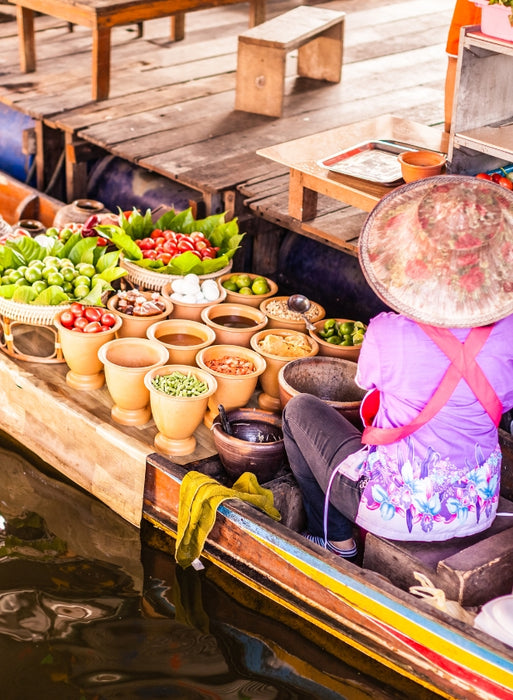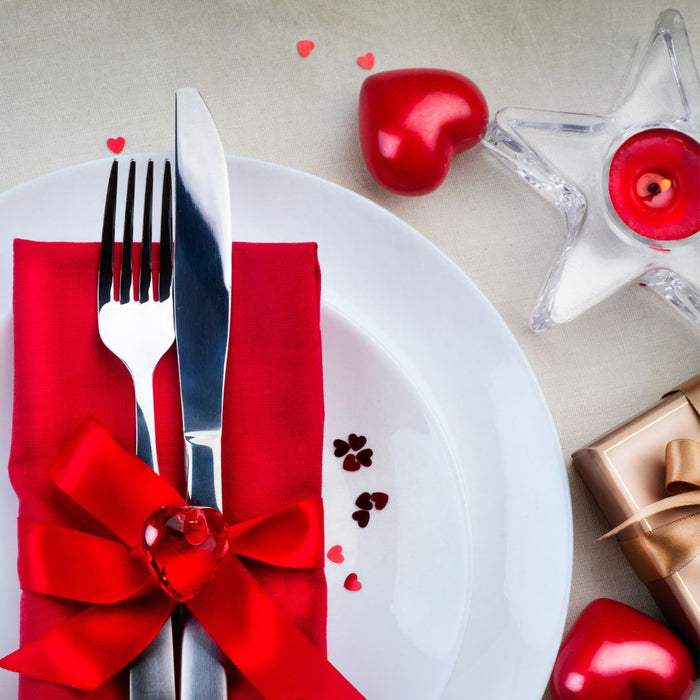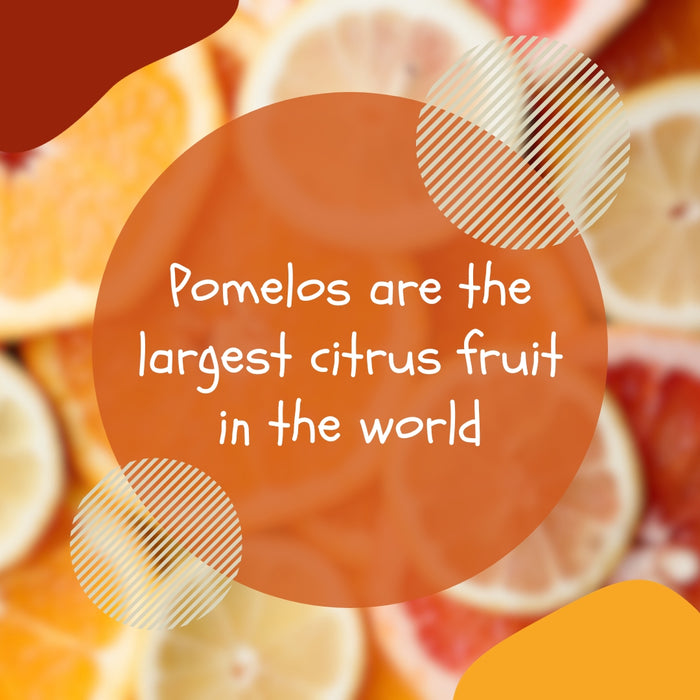As the moon shines brightest amidst the celestial blanket, Mid-Autumn Festival—or the Mooncake Festival—paints a convivial picture across various Asian cultures. The festival revolves around the iconic and namesake sweet treat – the mooncake full of cultural symbolism and deliciousness. Embark on an enticing journey with us as we unravel the magic, significance, and history of this enduring tradition. You'll discover that there is so much more to this festival than simply indulging in these delightful baking marvels - it's a tradition steeped in centuries-old stories, myths, and a tribute to family unity. Ready your taste buds and open your heart — let's celebrate the Mooncake Festival together!
The Mooncake Festival, or the Mid-Autumn Festival, is a traditional holiday celebrated in Chinese and other East Asian cultures. The festival holds significance as it marks the end of the autumn harvest and symbolises family unity and well-being. Families gather to celebrate by lighting lanterns, exchanging mooncakes, and enjoying a feast together. Amongst families with Chinese heritage worldwide it is also an occasion that strengthens family bonds and is enjoyed through different customs such as moon-gazing and storytelling.
The festival has its origins dating back over 3,000 years to China's Shang dynasty, where it was used to worship the moon goddess Chang'e. While the cultural celebrations may differ amongst various countries, they all give thanks for the harvest season and show appreciation for unity among loved ones.
Origin and Significance of the Mooncake Festival
The Mooncake Festival, also known as the Mid-Autumn Festival, holds deep cultural and historical significance in Chinese and other East Asian communities. Originating over 3,000 years ago during the Shang dynasty, this festival celebrates the end of the autumn harvest. It falls on the 15th day of the 8th lunar month, usually corresponding to mid-September to early October of the Gregorian calendar.
Legend has it that the festival is based on the story of Chang'e, a beautiful woman married to Houyi, a skilled archer. Houyi had obtained an elixir of immortality, but his wife accidentally consumed it and ascended to the moon. To honour her and express their longing, people began worshipping the moon during this festival. It became a time for families to gather, appreciate the beauty of the full moon, and indulge in various customs and traditions.
The Mooncake Festival also marks an occasion for courtship and matchmaking. In ancient times, young women would visit temples during this festival, hoping to meet potential suitors. Lanterns were carried as a symbol of illumination while walking under the moonlight. These customs reflected a desire for love and happiness, aligning with the theme of unity and reunion during this festive period.
Over time, the Mooncake Festival has evolved and gained even more cultural significance.
Myths Behind the Festival
The history and legends related to the Mooncake Festival add layers of mystery and intrigue to this cherished holiday.
One popular myth tells the tale of rebel groups using mooncakes as a medium to pass hidden messages during times of political unrest in China's Qing dynasty. Slips of paper with secret messages were concealed within these pastries as a covert way of coordinating their efforts against rulers they opposed. This legend contributes to mooncakes' association with rebellion and resistance, representing the intertwined nature of politics and tradition.
Another myth suggests that mooncakes were an expression of gratitude towards the moon goddess Chang'e. It is said that she dropped mooncakes from the sky during the festival as a symbol of her blessing and bounty. This myth deepens the connexion between mooncakes and the celestial elements, reinforcing the reverence for the moon as a deity.
These myths highlight the diverse origins and beliefs surrounding the Mooncake Festival. While some stories may have historical foundations, they have been embraced and passed down through generations, adding richness to the festival's cultural heritage.
For individuals celebrating the Mooncake Festival today, understanding these myths can provide a deeper appreciation for the customs associated with this joyous occasion. Whether it's enjoying mooncakes with loved ones, lighting lanterns, or simply admiring the moonlit sky, embracing these stories adds a sense of wonder and enchantment to the festivities.
Cultural Significance over Time
The Mooncake Festival, also known as the Mid-Autumn Festival, goes back over 3,000 years to the ancient Shang dynasty in China. Throughout its long history, the festival has held deep cultural significance and has evolved to encompass various customs and traditions.
Originating as a harvest festival, the Mid-Autumn Festival celebrates the end of the autumn harvest season. It is observed on the 15th day of the 8th month of the Chinese lunar calendar, which usually falls in mid-September to early October on the Gregorian calendar. This timing aligns with when the moon is at its fullest and brightest during the year.
The festival is rooted in mythology and legend, with one popular tale being that of Chang'e, the Moon goddess. According to this legend, Chang'e's husband stole an elixir to become immortal but was discovered by his apprentice. To protect it from falling into the wrong hands, Chang'e consumed it herself and ascended to the moon. She is believed to reside there with her Jade Rabbit companion.
The association between mooncakes and the Moon Festival developed over time. It is said that during the Yuan dynasty, when China was under Mongol rule, revolutionary groups used mooncakes as a means of communication. Messages were hidden inside these pastries, allowing rebels to coordinate their efforts against Mongol rule. This clandestine method eventually became a tradition associated with Moon Festival celebrations.
Over centuries, the cultural significance of the Mid-Autumn Festival expanded beyond its harvest roots and mythical origins. Today, it embodies themes of family reunion, gratitude, and hope.
The Tradition of Mooncakes
At the heart of Moon Festival celebrations lies the tradition of mooncakes - round pastries filled with various sweet or savoury fillings. These delectable treats hold great symbolic value and are shared among family and friends during the festival.
Mooncakes come in different flavours and fillings, ranging from classic variations like lotus seed paste with salted egg yolk to modern interpretations like chocolate or ice cream fillings. The round shape of mooncakes symbolises completeness, unity, and the reunion of loved ones under the full moon.
Mooncakes have become a culinary art form with intricate designs imprinted on their surface. These designs often depict auspicious symbols such as longevity, joy, and harmony. The making and sharing of mooncakes reinforce familial bonds and serve as a gesture of appreciation and respect for elders.
The act of exchanging mooncakes has also extended beyond familial ties. Today, businesses exchange mooncakes with clients and employees as a gesture of goodwill and strengthening professional relationships. This tradition reflects the cultural importance of fostering connexions and expressing gratitude in Chinese society.
Throughout history, the tradition of mooncakes has endured and evolved while continuing to hold a special place in the hearts and palates of people celebrating the Moon Festival. It remains an excellent example of how cuisine can be intertwined with culture, heritage, and traditions.
- The Mid-Autumn Festival, widely celebrated in Chinese communities around the globe, is valued as China's second-most important holiday, following Chinese New Year - making it a vital aspect of cultural heritage.
- As per gastronomical statistics, over 280 million mooncakes were devoured during the festival period in China in 2020.
- Surveys demonstrate a steady increase in global recognition of the festival; travel advisories reported a 10% rise in tourism to major celebrating cities (Beijing, Shanghai, etc.) during the Festival period from 2018 to 2021.
Varied Interpretations and Uses of Mooncakes
Mooncakes, with their golden crusts and intricate designs, hold a significant place in the hearts and palates of those who celebrate the Mooncake Festival. But beyond their visual appeal, these delectable treats have diverse interpretations and uses across different cultures. Let's explore some of the fascinating aspects surrounding mooncakes.
Traditionally, mooncakes have been associated with the Mid-Autumn Festival, symbolising unity and family reunion. As families gather under the full moon during this festival, mooncakes play a central role in fostering togetherness and strengthening bonds. The act of sharing and exchanging mooncakes is laden with symbolism, representing an offering of good fortune and blessings to loved ones.
In Chinese folklore, there is also a fascinating story that attributes the origin of mooncakes to a rebellion against Mongol rule during the Yuan Dynasty. It is believed that messages were hidden inside mooncakes as a way for rebels to coordinate their plans secretly. This intriguing narrative adds another layer of historical significance to these sweet pastries.
As you bite into a delicious mooncake during this festival, take a moment to reflect on its rich cultural heritage and the stories it carries through generations.
Apart from being symbolic delicacies, mooncakes serve various culinary purposes. Different regions have developed unique flavours and fillings, allowing for diverse taste experiences. From traditional flavours like lotus seed paste with salted egg yolk to modern twists like chocolate or durian-filled mooncakes, there is something to tantalise every palate.
The table below showcases some of the popular types of mooncake fillings:
| Traditional Fillings |
Modern Variations |
| Lotus Seed Paste |
Chocolate |
| Salted Egg Yolk |
Green Tea |
| Red Bean Paste |
Pandan |
| Five Kernel (assorted nuts) |
Durian |
This wide range of fillings not only adds to the culinary diversity but also represents the creativity and innovation surrounding mooncakes. These variations allow mooncakes to transcend cultural boundaries and appeal to a broader audience, both locally and globally.
Now that we have explored the varied interpretations and uses of mooncakes, let's delve into the customs associated with the Mooncake Festival.
Customs associated with the Mooncake Festival
The Mooncake Festival is steeped in rich customs and traditions that add depth and meaning to this joyous celebration. From age-old practises to contemporary adaptations, these customs embody the essence of the festival and connect people across generations.
One of the most iconic customs during the Mooncake Festival is lantern lighting. Children and adults alike carry intricately designed lanterns, creating a mesmerising spectacle of light and colours. Lantern processions and contests further enhance the festive atmosphere, as communities come together to celebrate under the radiant glow of the full moon.
Another cherished custom is moon-worshipping. Families gather outdoors, gazing at the moon while offering prayers or reciting poetry. This practise is believed to bring blessings for good health, prosperity, and harmonious relationships. It is a serene and reflective moment that allows individuals to connect with nature and appreciate its beauty.
While traditional customs continue to hold significance, modern adaptations have also emerged in recent years. For example, many people now engage in creative mooncake-making workshops or participate in mooncake-eating competitions. These contemporary customs aim to rejuvenate interest among younger generations while keeping the spirit of tradition alive.
Whether you prefer traditional customs or embrace contemporary adaptations, celebrating the Mooncake Festival is about cherishing shared moments with loved ones while immersing yourself in centuries-old traditions.
Now that we have explored some of the customs associated with the Mooncake Festival, let us delve into how this festival has influenced popular culture.
The Mooncake Festival's Influence on Popular Culture
The Mooncake Festival, also known as the Mid-Autumn Festival, holds immense cultural significance and has left an indelible mark on popular culture. It has not only preserved its traditional roots but has also evolved with contemporary society, becoming a beloved festival celebrated by people from various cultures around the world.
One of the most recognisable aspects of the Mooncake Festival in popular culture is, of course, the mooncakes themselves. These delectable pastries have become iconic symbols of the festival and are widely enjoyed during this time. From traditional fillings like sweet bean paste or lotus-seed paste to modern variations such as chocolate or ice cream-filled mooncakes, these treats have captured the imagination of food enthusiasts and even inspired innovative flavours and designs. Mooncakes have gained popularity beyond the festival and are now available year-round in many bakeries and online stores.
Moreover, the festive atmosphere and cultural traditions associated with the Mooncake Festival have found their way into various forms of entertainment and media. Movies, television shows, and literature often feature stories set during this festival, emphasising themes of family reunion, love, and nostalgia. These depictions give people a glimpse into Chinese culture and its rich traditions surrounding the festival. For example, in movies like "Eat Drink Man Woman" directed by Ang Lee and "Comrades: Almost a Love Story" directed by Peter Chan, the Mooncake Festival becomes a backdrop for exploring relationships and cultural identity.
The symbol of lanterns illuminating the night sky during the Mooncake Festival has also made its way into popular culture. In many cities worldwide, lantern festivals are organised to commemorate this special time of year. These festivals bring together people from different backgrounds to celebrate under a canopy of vibrant lanterns. The sight of colourful lanterns floating in the air or lining the streets creates a mesmerising visual spectacle that captures the imagination and adds to the allure of the festival.
While the Mooncake Festival has gained traction and popularity in popular culture, some argue that certain aspects of its traditions may be diluted or misrepresented. The commercialization of mooncakes, for instance, has led to extravagant packaging and expensive ingredients, diverting attention from the festival's original spirit of simplicity and gratitude. Additionally, modern adaptations in films may sometimes simplify or misrepresent the cultural significance of the festival to fit storytelling needs. These concerns highlight the importance of preserving and educating about the true essence of the Mooncake Festival while embracing its influence on popular culture.
Despite these debates, it is undeniable that the Mooncake Festival has had a profound impact on popular culture. By sharing its customs and symbolism with people around the world, it has fostered cross-cultural understanding and appreciation for Chinese traditions. As society evolves, festivals like the Mooncake Festival continue to adapt while maintaining their core values, ensuring they remain relevant and cherished for generations to come.
Click to Shop our range of Mooncakes
Read a brief history of Mooncakes




